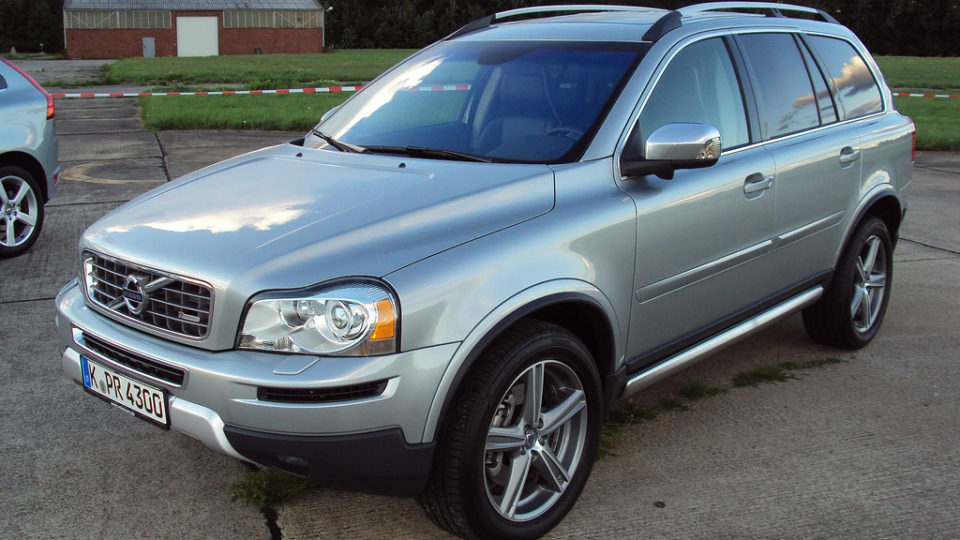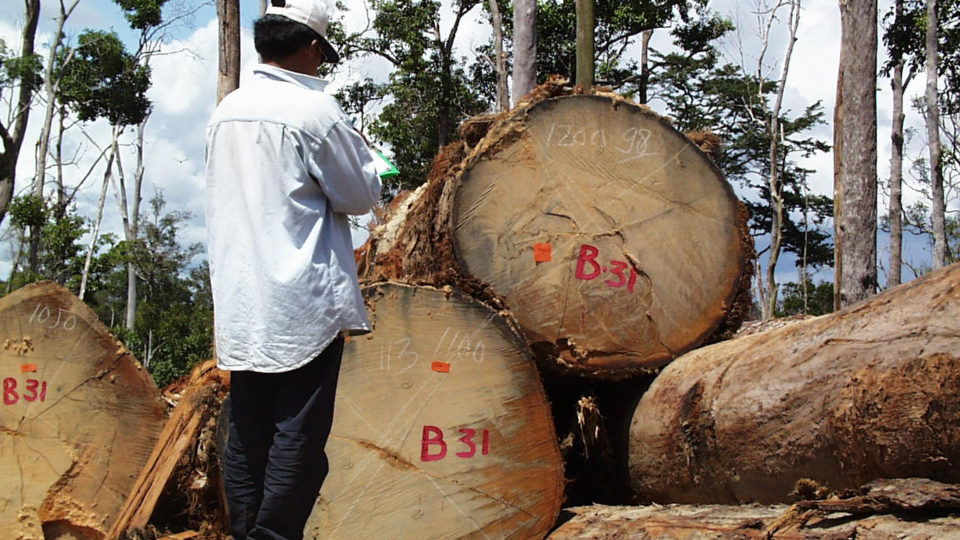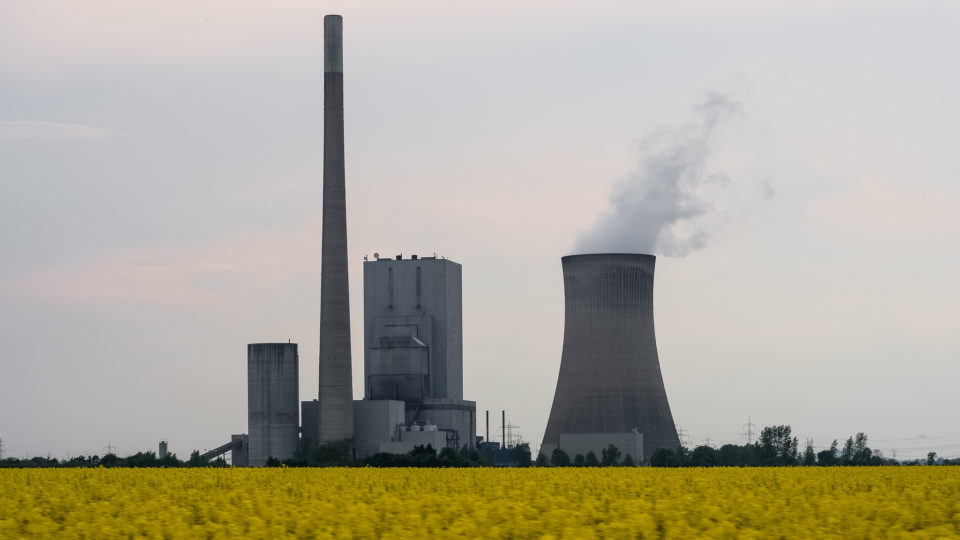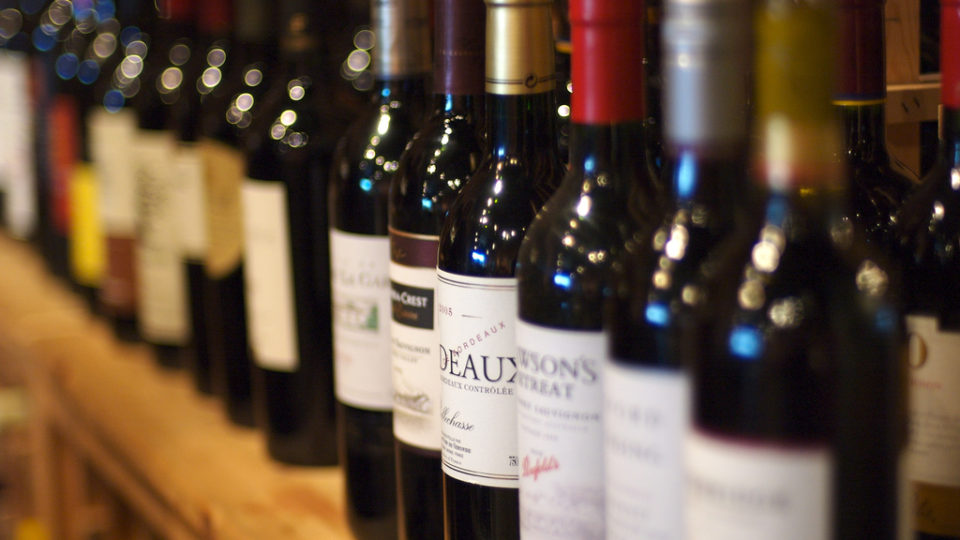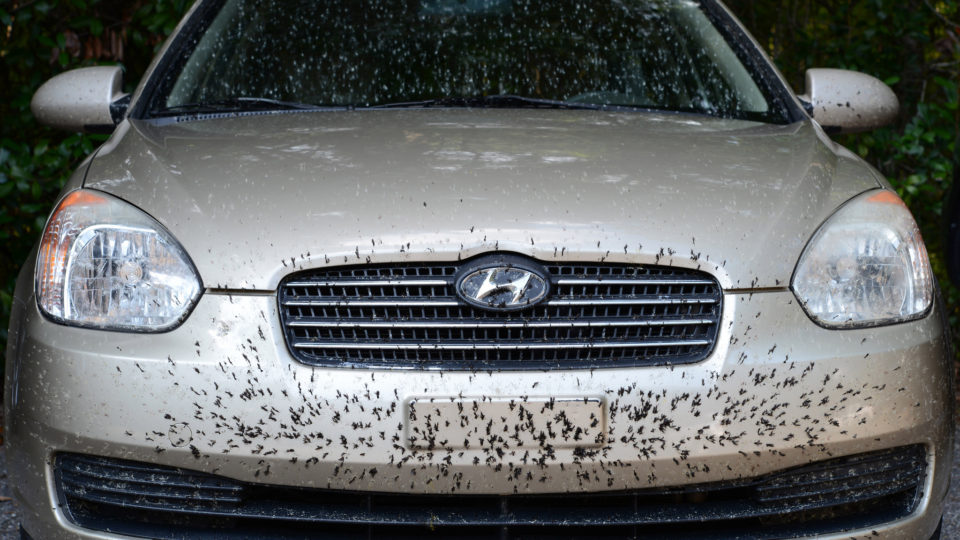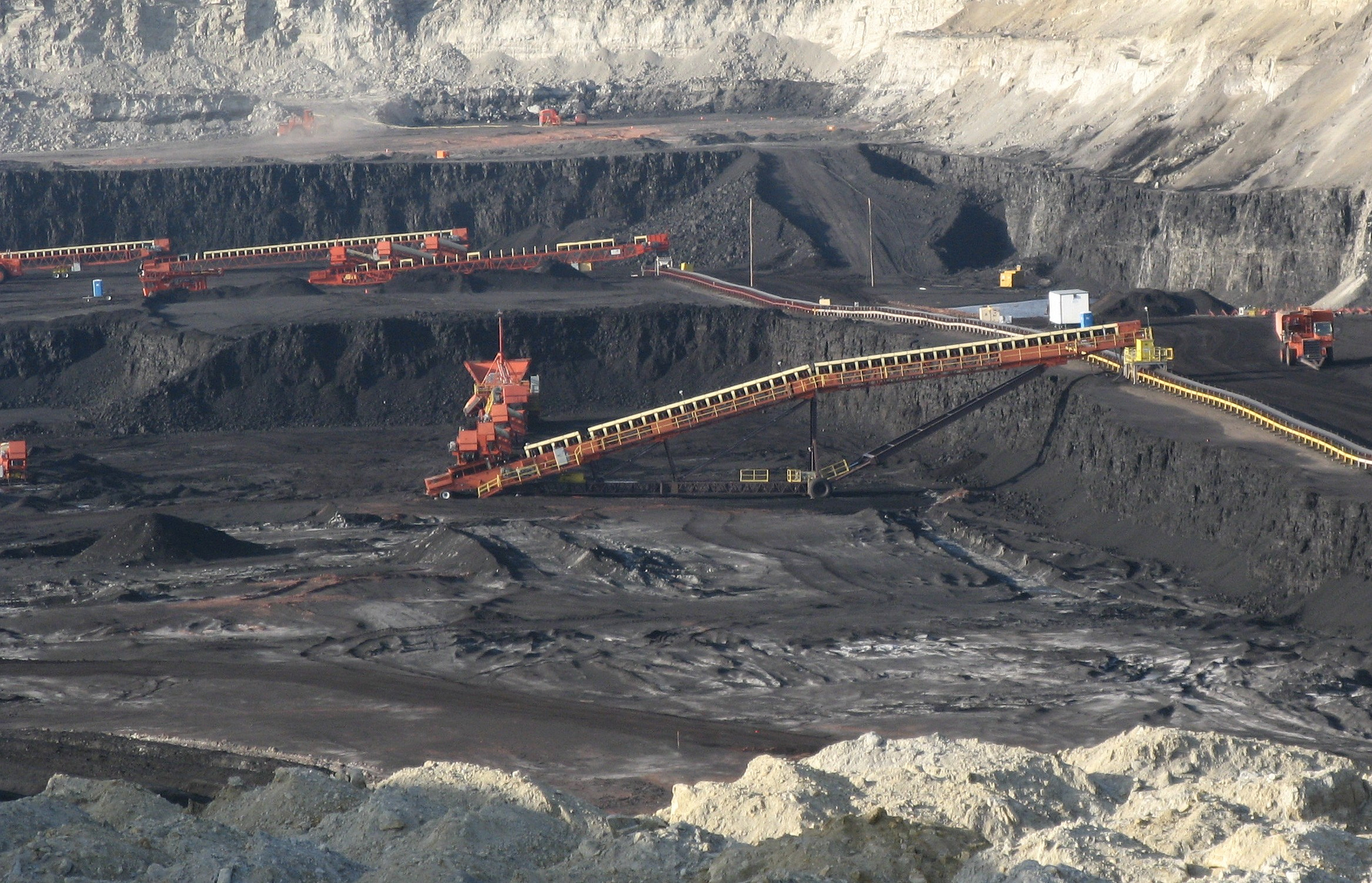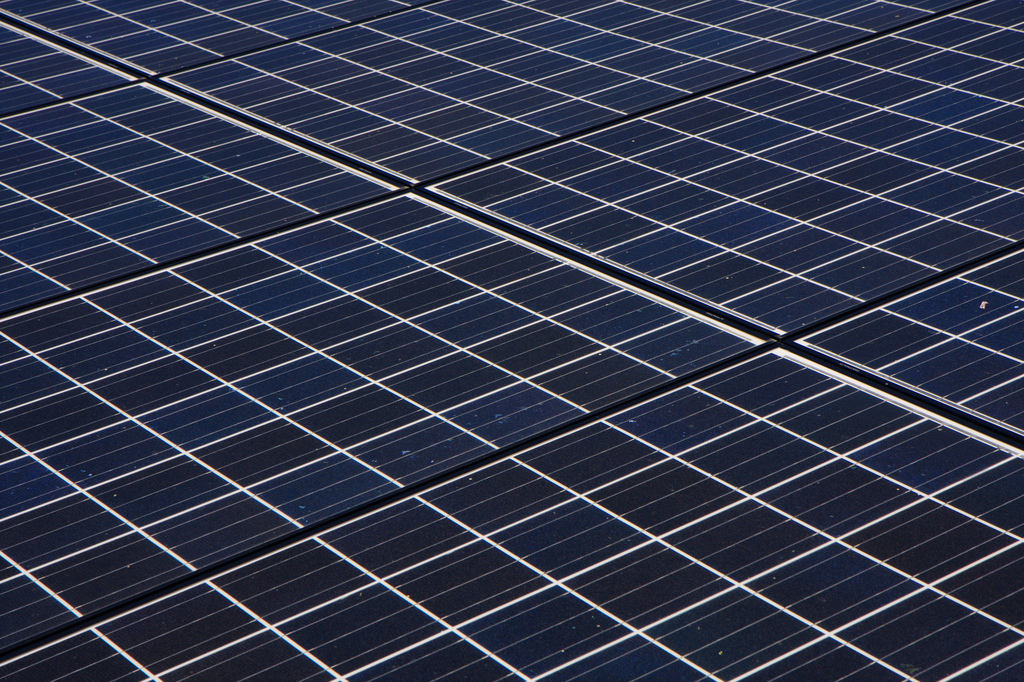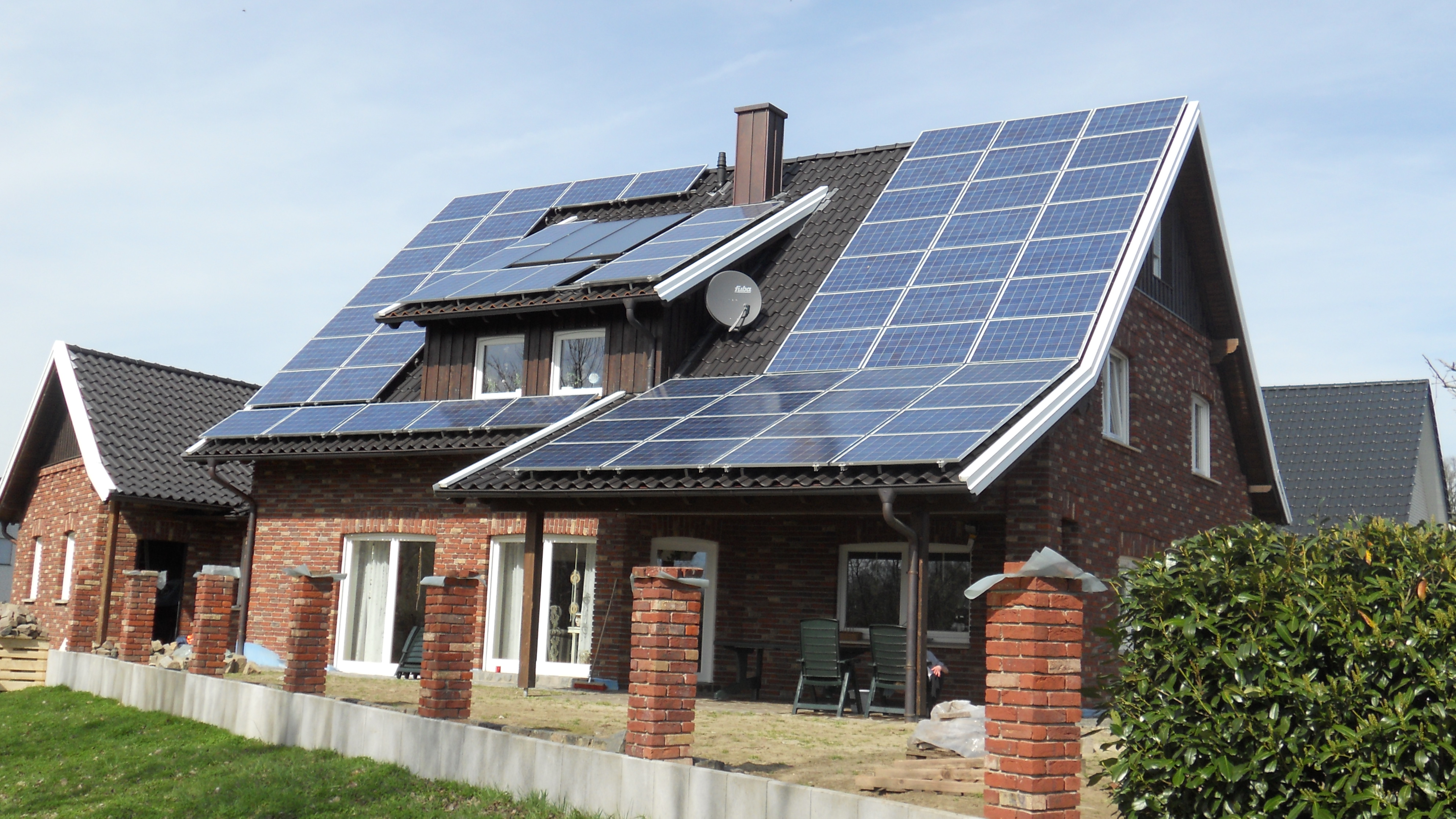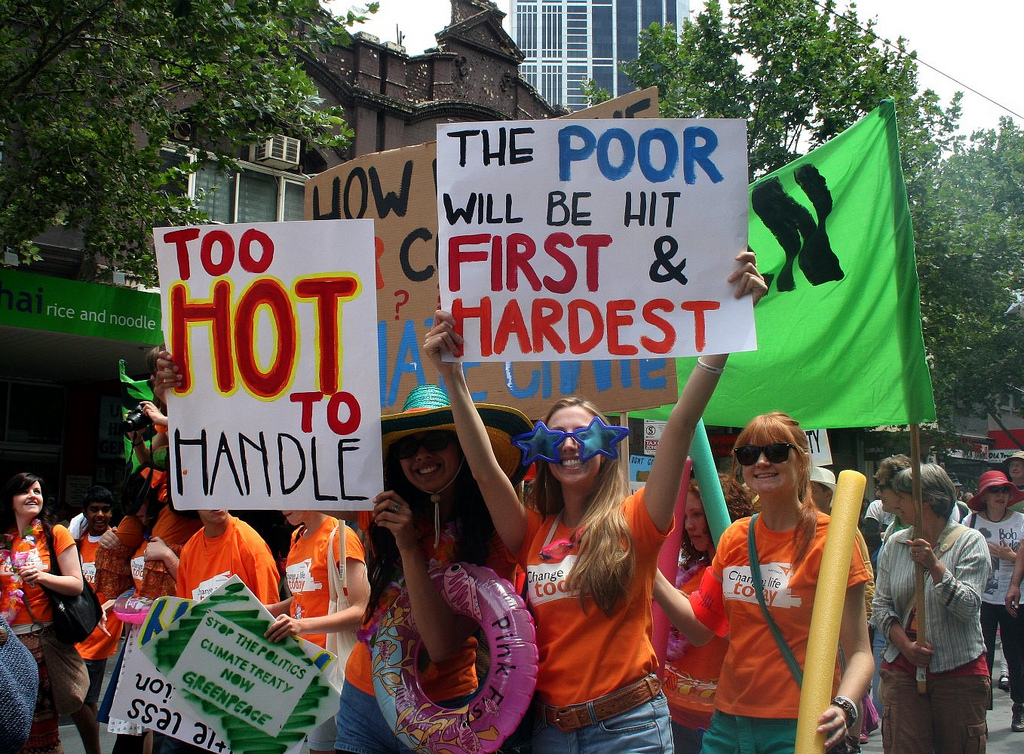Germany
Indonesian Deforestation Continues
Worldwide, deforestation and land disturbance are responsible for about a quarter of all greenhouse gas emissions. The largest contributor to this problem is Indonesia and getting control of its emissions is a crucial part of meeting global carbon reduction targets.
Renewables Beat Out Coal In Europe
Last year was the first year in which more electricity in Europe was generated from the combination of wind, sun, and biomass than from coal. The combination of all clean energy sources (which adds hydropower to the mix) surpassed coal several years ago.
A Carbon Loophole
Many power plants in Europe and elsewhere are replacing coal with wood. For example, the Drax Power Station in Britain was its largest coal-burning plant and is now using wood pellets shipped from the southern U.S. in its boilers. According to the carbon accounting rules at the EU and elsewhere, the process is considered to be “carbon neutral.” But is it?
The idea is that new trees are being planted in the forests where the trees are cut to be burned in power plants. So, there is carbon neutrality. In principle.
European countries have embarked on a massive effort to switch to generating power from renewable energy. While there has indeed been major growth in wind and solar power in the 28 countries of the European Union, much of the new “green” power has come from burning wood in converted coal power stations.
A group of 200 scientists wrote to the EU last September insisting that bioenergy from forest biomass is not carbon neutral and that there must be tighter rules to protect forests and their carbon. Wood burning has become a loophole in controlling carbon emissions.
There are problems with the claims of carbon neutrality. There is no way to know whether enough new trees are actually being planted to replace those being burned. And then there is the time lag for tree replacement. Trees don’t grow overnight. There are also the carbon emissions associated with harvesting, processing and transporting wood.
There are most certainly ways in which burning biomass can be carbon neutral and can represent real progress over the use of fossil fuels. But caution must be taken to avoid exploiting loopholes in current climate rules that might actually result in increased carbon emissions.
**********
Web Links
Carbon Loophole: Why Is Wood Burning Counted as Green Energy?
Photo, posted April 26, 2014, courtesy of Flickr.
‘A Carbon Loophole’ from Earth Wise is a production of WAMC Northeast Public Radio.
Wine And The Changing Climate
Drinking wine is getting increasingly popular, notably among millennials. According to some accounts, that generation now imbibes half of all the wine consumed in this country. The California wine industry alone sold over $34 billion worth of wine last year.
Germany’s Struggle
Germany has a reputation as one of the greenest countries on earth. They have comprehensive recycling programs, they treasure their forests, and in recent decades, they have been aggressively working to replace both nuclear and coal-fired power plants with renewable energy sources. They have been an early world leader in solar power. And their national Energiewende or “energy turn” initiative demonstrates a strong commitment to the environment.
A Decline In Flying Insects
When was the last time you used a squeegee to remove squashed insects from your windshield? It’s been a while, right? It’s not just you. This is known as the windscreen phenomenon. Scientists and some motorists have long suspected that flying insects are in dramatic decline. New research has confirmed these suspicions.
Neonics And Honey
The use of neonicotinoid pesticides or neonics has long been suspected as harmful to bees and a major factor in the widespread decline of honeybee and wild bee populations. A study published in Science last June provided strong evidence that neonics are indeed a real problem for bees.
A Record Drop In Coal Consumption
Global consumption of coal dropped by 1.7% last year. This is a major change considering that it had increased by an average of 1.9% per year from 2005 to 2015. China, which accounts for about half of the coal burned in the world, used 1.6% less in 2016, as compared to an increase of 3.7% per year over the previous 11 years.
China And India Climate Progress
China and India have 36% of the world’s population and produce about 35% of global CO2 emissions, ranking first and third respectively in that category. The United States, with a little over 4% of the world’s population, produces about 16% of global CO2 emissions, good for second place.
A Hydrogen-Powered Train
It seems like something out of a science fiction movie, but a nearly silent train that glides along its tracks emitting nothing but water is a reality. In March, Germany conducted successful tests of the world’s first “Hydrail,” which is a hydrogen-powered, zero-emission train.
Old Dog, New Trick
The North-Rhine Westphalia region of Germany was the crucible of that country’s industrial revolution and it still generates a third of Germany’s power, much of it using aging coal plants. However, Germany’s national energy transition program is pushing the country away from coal and other fossil fuels and towards renewable energy sources.
Ocean Oxygen Levels
When we think of global climate change, what comes to mind? Rising seas? Melting glaciers? Shrinking sea ice? How about diminishing ocean oxygen levels?
The Success Of SunShot
Back in 2011, utility-scale solar power cost a little over $4 per watt on average. In February of that year, former Energy Secretary Steven Chu announced the SunShot initiative, which had the goal of reducing the total cost of photovoltaic systems by 75% to the target value of $1 a watt by the year 2020.
European Lessons On Food Waste
Americans toss out an almost unbelievable $161 billion worth of food every year. There are numerous efforts underway to address this problem, but they are mostly at the local level or in the business sector. To date, we have no national- or international-level policies that tackle the issue. In this regard, Europe is way ahead of us.
Plant Protein On The Rise
The United Nations declared 2016 to be the International Year of Pulses. Pulses, which are also known as grain legumes, are a group of 12 crops that includes dry beans, dry peas, chickpeas and lentils. They are high in protein as well as fiber and various vitamins. Pulse crops are highly sustainable and require much less water than many other food crops. So there is a real effort underway to promote their production as part of improving food security around the world.
What Is Killing Bees?
The declining populations of bees and other pollinators has been a topic of great concern for a number of years. There has not been general agreement on the root cause and, in fact, it appears as though there are multiple causes at play.
Too Much Of A Good Thing
Germany has continued to be the most aggressive adopter of renewable energy among large industrial nations. The country has the goal of shifting to 100% renewables by 2050. Its continuing embracing of solar and wind generation resources over the past decade has resulted in renewables supplying a third of the country’s power on average.
Banning Coffee Pods
Over the past decade, single-serve coffee pods have quickly become a favorite method for delivering a hot cup o’ joe as fast and efficiently as possible. The explosive growth of pod-based coffee machines is such that now nearly one in three American homes has one.
Climate Opinions
An international poll of over 45,000 people in 40 countries looked at opinions about climate change and the need to curb greenhouse gas emissions. The results are quite interesting.
